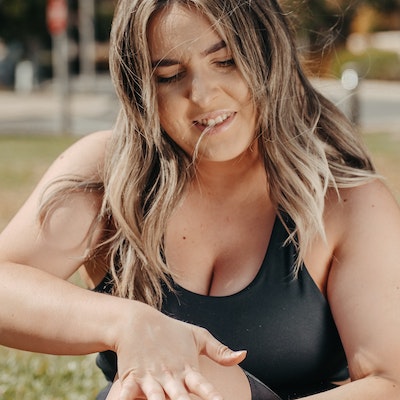Symptoms
of Auto Crash Injuries
CONDITIONS WE TREAT
A migraine is an intense, throbbing headache that may be accompanied by nausea or dizziness. A migraine can last from hours to days.
A concussion is a common injury after a crash and can be caused by an impact to the head, or just the quick, violent movement of the head during a crash. You do not need to strike your head to suffer from a concussion. But a concussion is a serious injury that can cause lasting brain damage if not treated properly. We screen every patient for signs and symptoms of a concussion after a traumatic injury.
This is a common neck injury. It happens when your neck jerks back and forth quickly and violently. Your spine bends past its normal range of motion. This can injure the vertebrae of your cervical spine. It can damage the supporting ligaments and muscles in your neck.
This common injury is a stretching or tearing of the trapezius. This large muscle group spans the upper back, shoulders and neck. These muscles are commonly called the “trap” muscles.
The spinal column is the body’s main support structure. Its thirty-three bones, called vertebrae, are divided into five regions: cervical, thoracic, lumbar, sacral and coccygeal.
This condition is an irritation or compression of one or more nerve roots in the cervical spine. Because these nerves travel to the shoulders, arms and hands, an injury in the cervical spine can cause symptoms in these areas. Cervical radiculopathy may result from a variety of problems with the bones and tissues of the cervical spinal column.
This condition is a deterioration of the facet joints, which help stabilize the spine and limit excessive motion. The facet joints are lined with cartilage and are surrounded by a lubricating capsule that enables the vertebrae to bend and twist.
Lower back pain is a common problem that severely impacts the quality of your life. It can limit your ability to be active. It can cause you to miss work. Many different causes may lead to pain in your lower back.

 [img_link]
[img_link]
 [img_link]
[img_link]
 [img_link]
[img_link] [img_link]
[img_link] [img_link]
[img_link] [img_link]
[img_link]
 [img_link]
[img_link]